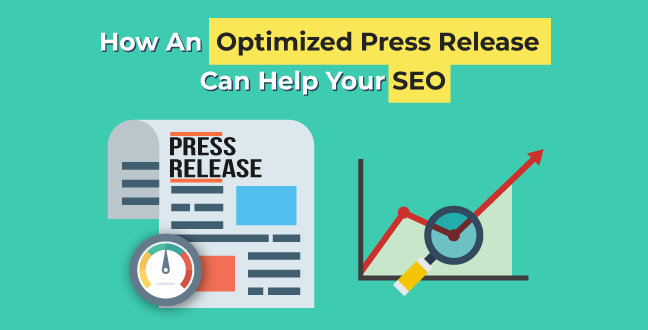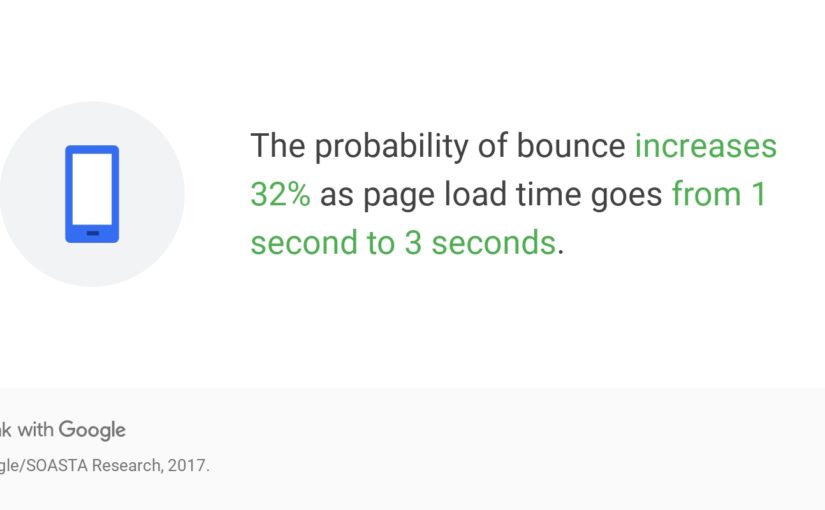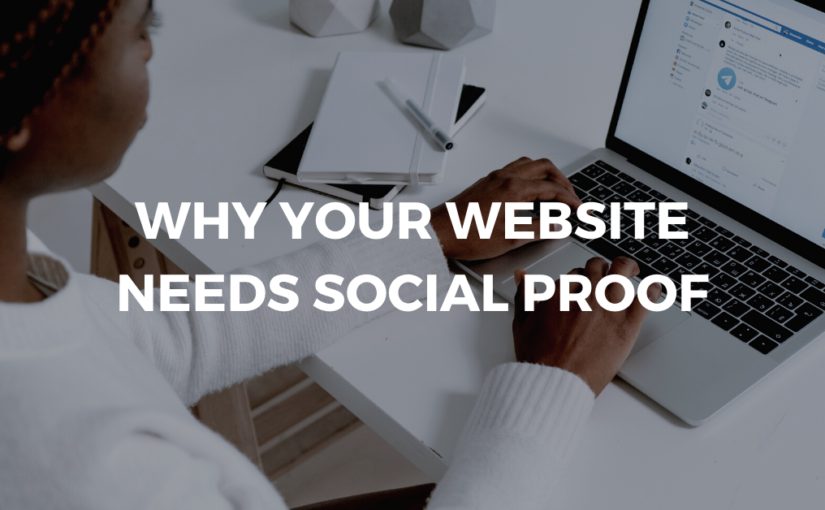As the owner of a window and door business, you wield a diverse skillset. Everything from estimations and procurement to installation and project management is under your supervision. However, that expertise often doesn’t extend to lead generation.
Many otherwise-successful businesses lack quality door and window lead generation. But the customers are out there—even in this economy. 23% of homeowners surveyed by Houzz expect to remodel in 2023, suggesting there’s still a robust market for home improvement projects. And among major home improvement projects, windows give homeowners a 67% return on investment, making it a safe remodeling option even with higher inflation.
Not sure how to generate window leads, door leads, or garage door leads? Keep reading to discover six proven strategies to generate more leads for your window and door company.

1. Launch New Partnerships
Partnering with local businesses whose products and services complement yours is a great way to put your company in front of an engaged, high-intent audience. All it takes is a bit of outreach and reciprocity in your local community.
Here are several examples of local businesses you can contact.
HVAC
Introduce yourself and your business to local HVAC companies, explaining how partnering with you is a win-win. For instance, customers can improve their HVAC efficiency and lower their electricity costs by getting new doors and windows.
Interior Designers
What better way to shine new light on that interior design project than with newer, bigger, brighter, and more efficient windows and doors? Partnering with local interior designers could connect with homeowners looking to reinvent their living spaces.
Real Estate Agents/Companies
Window and door companies and real estate agents have an intrinsically synergistic relationship. With a partnership, you can help real estate agents close the sale on that fixer-upper while you gain ready-to-buy leads.
Homeowners Associations
While some homeowner associations may be averse to promoting services, you can sweeten the deal by offering significantly discounted one-time services in association-run common areas. And homeowner associations are invested in maintaining the long-term quality of their community. You can provide that through quality window and door upgrades.
2. Expand Your Network
Successful lead generation for window and door contractors and installers involves catching customers at the right place at the right moment. Here are several important events and organizations you can participate in to stay top of mind for high-intent window and door customers.
Local Business Associations/Chambers of Commerce
As a small business owner, you’ll feel right at home at your local business association or chamber of commerce event. These organizations are filled with like-minded professionals you should network with for many reasons, including door and window lead generation.
Networking at your local business association keeps your business top of mind, not just for commercial jobs but also for the owners’ and employees’ residential door and window jobs.
Apartment/Rental/Landlord Associations
Apartment, rental, and landlord organizations are some of the highest-value customers for a door and window business. Many landlords own multiple properties. That means more opportunities now and in the future. Becoming the door and window company of choice for these landlords can lead to repeat business for years.
Industry-Specific Trade Shows
Picture your target audience. Then picture where you’ll find them all together at their most enthusiastic best. That’s right—you’re picturing a trade show.
Vendors have long utilized trade show booths, networking events, and keynotes as high-impact lead-generation channels to get their business’s message in front of their target audience. For the sake of your lead generation, make sure you attend the next time a real estate, interior design, general construction, or other relevant trade show comes to your area.
3. Grow with Digital Marketing
Like any target audience, people searching for doors, garage doors, and windows tend to research and browse online before calling local businesses. If you can get the right message in front of prospects on their phones, laptops, tablets, smart TVs, or other devices while they’re researching, you can generate quality leads for your products and services.
“Digital marketing” is a massive topic and can refer to various channels and strategies. To save you some time, here’s how to generate window leads, door leads, and garage door leads with just a few high-impact digital marketing channels.
Organic Digital Marketing
SEO (Search Engine Optimization)
Search engines, especially Google, are gateways to the internet. Whether someone is curious about what door and window replacement involves or ready to kick off their project tomorrow, they’re likely using Google to get the information they need.
Search engine marketing (SEM) refers to the paid and organic strategies that companies use to market to people searching for products and services online. The organic component of SEM is called search engine optimization, or SEO.
SEO is a digital marketing strategy that involves optimizing a website to improve its ranking in search engine results pages. By ranking higher in Google, more potential customers can organically find your business online during their searches.
So, where should you start? SEO lead generation for window and door installers should involve at least the following three elements.
Keyword/Local Optimization
“Keywords” are the words your customers use to research and browse products and services related to your company. Combine product and service keywords with location-specific keywords (i.e., your city, county, state, or neighborhood) in your content. Don’t be surprised when prospective window and door customers in your area start visiting your website during their buying journey.
Organic Search Profiles
Your Google Business, Yelp, and Bing Places profiles are essential to your online presence and, if properly utilized, can become an excellent lead-generation channel. Developing these profiles to feature the latest information, persuasive messaging, and customer reviews enhances your online reputation and ensures prospective customers can quickly contact you.
PR & Link-Building
Public relations (PR) are how businesses get mentioned (ideally positively) in mass media like local news outlets, industry blogs or journals, and resource lists. An effective PR program works in concert with the content you publish on your website to build name recognition. It also establishes your reputation for excellence and knowledge in the field.
PR has become even more critical with the advent of search engines and their ranking algorithms. Search engines like Google determine the results for a query based in part on “domain authority.” Getting links from independent news sources and, to a lesser degree, from other businesses’ websites increases your site’s authority and improves your site’s rankings.
Non-Organic Digital Marketing
SEO is focused on generating organic leads for your business. There are also non-organic leads you should be pursuing. Non-organic leads are prospective customers you connect with through paid channels like ads or subscribing to professional networks.
Here are non-organic channels you can utilize.
PPC (Pay-Per-Click) Search Advertising
Another important component of search engine marketing (SEM) is pay-per-click search advertising, or “PPC” for short. PPC is the practice of only paying for actual clicks instead of how often your ad is served (“impressions”). While PPC search advertising commands a higher per-unit price than impressions, it has the benefit of ensuring you pay for actual clicks, which can turn into leads.
Think of PPC search advertising as the paid counterpart to your SEO campaign. Search advertising basically guarantees that people will see your ads. On the other hand, it can be expensive.
Additionally, sponsored results don’t hold the same weight for some people as organic or earned results. That’s why most successful digital door and window lead generation campaigns incorporate SEO and PPC search advertising.
Paid & Organic Social Media
Social media marketing involves many concepts already discussed in this article, applied specifically to social media. Here’s how to use the paid and organic components of NextDoor, Facebook, and Instagram for door and window lead generation.
NextDoor
Paid:
NextDoor is a platform for people to discuss topics affecting their homes and communities. NextDoor ads, called “Local Deals,” are structured around a deal or discount, so think carefully about what savings your business can credibly offer. Additionally, try to incorporate testimonials, which are very important to these users.
Organic:
NextDoor users can recommend local businesses on the platform. Focus on getting satisfied customers to recommend you on NextDoor, so your business appears in searches on the platform. Companies can also comment on threads, an excellent opportunity to display your knowledge, engage with the local community, and contribute to your door and window lead generation program.
Facebook & Instagram
Paid:
Meta Ads Manager guides you through making ads on Facebook and Instagram by asking you questions about your goals. For door and window lead generation, you’ll probably want to opt for the “Consideration” objective. Consider incorporating a “lead magnet,” such as a downloadable window and door replacement guide, in exchange for providing customers’ email addresses.
Organic:
Knowing that posts with images or videos see the most engagement on Facebook and that Instagram is essentially a visual medium, keep your Facebook timeline and Instagram feed updated with pictures from recent projects, perhaps accompanied by short testimonials from satisfied customers.
4. Move from Mass Mailers to Targeted Mailings
Many door and window companies use print mail to great effect, but there can be a lot of waste involved—literally. To save money on your door and window lead generation efforts and a whole lot of trees, try being more selective and targeted with your mailings.
Here’s how you can focus your mailer marketing.
Homes Sold on MLS That Require Remodel
Here’s another way to leverage those partnerships you’re building with realtors. Licensed agents can access the multiple listing service, or MLS, which contains a record of all homes sold. Additionally, many realtors tend to have a supernatural sense for what’s recently sold in an area.
Ask your realtor to help you direct your mailings to homes that have recently sold. Why? Many recent home buyers are likely to remodel. And voila! You’re precisely targeting buyers who are actually in need of your services. Score one for the trees.
Piggyback off Partner Emails
Wondering how to generate window and door leads and be more targeted with your mailings simultaneously? Start with email—specifically, your partners’ emails. Think of all the emails they send for a variety of situations. At least several of those will be good opportunities for your business to be featured.
Say your HVAC partner follows up with a homeowner whose HVAC system they recently serviced and whose home appears to need new windows and doors. You could passively feature your message at the bottom of that follow-up email to everyone’s benefit: the homeowner (who gets new windows and more efficient heating and cooling), the HVAC partner (who you can offer to do the same for), and, of course, you.
5. Improve Your Window & Door Customer Experience
Regarding lead generation for window and door companies, existing customers can be your biggest advocates or your worst detractors. Recommendations and referrals (more on those in a minute) from existing customers are how many contractors get new business. That’s why you should be constantly working to improve your customer experience.
Project Management/Productivity Refinement
One high-impact way to improve the windows and doors customer experience? Complete your installation faster. With the right project management software, you can increase your efficiency and offer a more professional experience for customers.
Automation
Business owners know that in addition to sending marketing emails to prospects, sending follow-ups to existing customers can result in new leads. However, most small business owners don’t have the time to sit in the office and send emails or the budget to hire someone else. This is where automation can make a big difference. With today’s contractor CRM software, you can set up automated reminders and emails and have this critical lead-generation activity taken care of for you.
Reputation Management
In today’s “review-everything” economy, reputation management is just as important for contractors as it is for restaurants. Responding to posted reviews and creating a stream of positive reviews is critical to the long-term success of your business.
With reputation management software, maintaining your reputation online is much simpler and less time-consuming than you might think.
6. Leverage Customer & Partner Referrals
We’ve mentioned the importance of referrals a few times already, but what are the actual mechanics of obtaining and managing them? Here are a few tips to help secure referrals and generate new leads while maintaining a positive relationship with existing customers.
Requesting Referrals
Now that you’ve got automated reminders and emails, getting referrals can be automated to a large degree. Include a referral request in your follow-up email to customers post-installation. That way, you can ask every customer at the perfect time without creating any more work for yourself. Consider including a discount code for customers to share with their friends.
In addition to emails, you can create a referral page on your site that allows satisfied customers to input referral(s) information.
These approaches formalize the referrals process, allowing you to better track and follow up on referrals over traditional methods.
Incentives
The question of whether to include incentives to stimulate referrals is important. Obviously, you’d like to obtain referrals without offering a gift card, cash, or a discount on a recent or future job. However, you’ll inevitably find some customers need a monetary or other incentive to go through the process.
A good middle ground would be asking customers for referrals without an incentive on the first go-around and only following up with incentives when you aren’t getting enough referrals. Limiting the number of incentives you’ll offer is an excellent way to ensure customers don’t suddenly all leap at once at the opportunity.
Building a Holistic Strategy
When researching how to generate window leads or door leads, it can be tempting to only focus on the approaches you’re comfortable with. But an effective lead generation strategy will use all the channels available to you.




